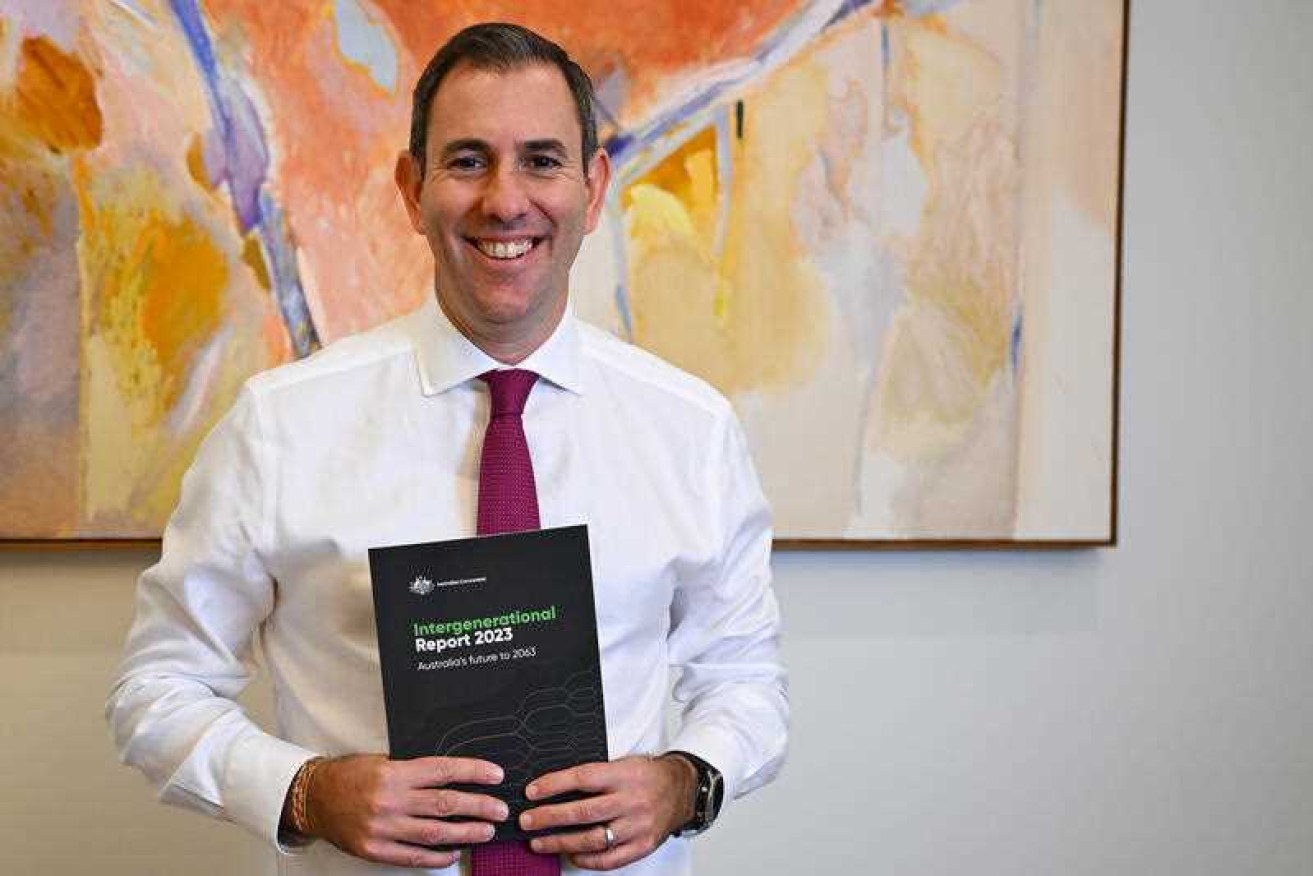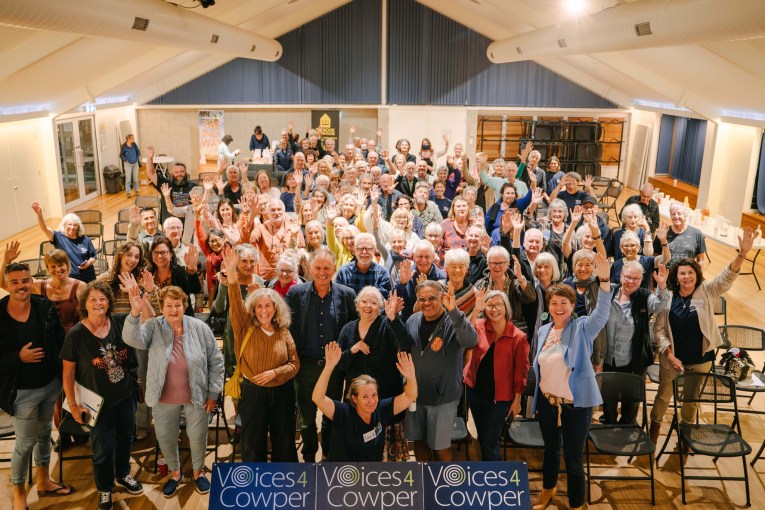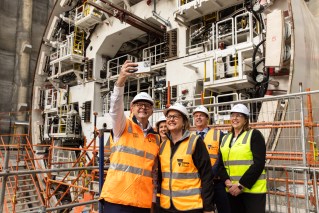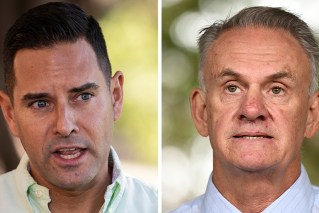Ageing population, climate to change face of economy

Treasurer Jim Chalmers says the federal government has a responsibility to prepare for the future. Photo: AAP
Treasurer Jim Chalmers says Australia should look to the vision of the Hawke and Keating era in the 1980s to create a better future over the next forty years.
The Federal Government on Thursday unveiled the latest Intergenerational Report which describes Australia to 2063.
Australians will live longer, work less, earn more, have fewer children and be more reliant on critical minerals for the economy to be going strong.
But an ageing population is likely to be one of the leading pressures on the country’s finances, with increased spending on aged and health care as the workforce in the sectors doubles.
Dr Chalmers said Australia was at a “generational fork in the road” and had the opportunity now to “shape the future on our terms”.
After a tough couple decades, he said that with the right vision Australia could “allow the next generation to thrive” in a country that had “care and compassion” at its core.
Dr Chalmers said we could learn from the Hawke and Keating government which had set Australia up to thrive over the past 40 years.
“We can turn these turbulent ’20s into the right kind of defining decade, so that in 40 years’ time, our successors will be able to look back and see that we got it right, like we now look back on the 1980s.”
The sixth Intergenerational Report shows that by 2063 Australia will reach more than 40 million people.
Predictions show real incomes 50 per cent higher than they are today, with the economy 2.5 times bigger.
Life expectancies are set to increase, with the number of over-65s to double in the next four decades, while over-85s will triple and those more than 100 will increase sixfold.
Population growth is tipped to slow from 1.4 per cent during the past 40 years to 1.1 per cent in the coming four decades.
Dr Chalmers said people living longer would change the face of the economy.
“Moving from a younger to an older population is something we’ve known about for some time now and it’s true that this will put a strain on our budget,” he told the National Press Club.
“In fact, around 40 per cent of the projected increase in spending that’s outlined in the Intergenerational Report is due to us getting older but this will come with a chance to transform our industries in the right way.”
As the nation ages, the participation rate will drop from 66.6 per cent to 63.8 per cent and the average hours people work will fall.
But productivity will continue to rise 1.2 per cent per year.
Health, aged care, the NDIS, defence and debt interest payments are forecast to make up about half of all government spending by 2063.
The report warns of the further effects of climate change, with spending on natural disasters tipped to triple.
Rising temperatures and changing conditions will cost the economy more than $400 billion in the next 40 years.
The transition to net-zero emissions will also see demand for some Australian exports decline, with the market for thermal coal set to halve.
But Dr Chalmers said the net-zero economy would present further opportunities, with demand for some critical minerals – which are abundant in Australia – expected to be eight times higher.
“These are not only risks to manage, costs to bear, but vast industrial opportunities, with more clean, cheap, renewable power creating cumulative comparative advantages in the new industries of the net zero economy,” he said.
“By meeting these responsibilities to future generations and to each other, we can turn compounding pressure into compounding opportunities, to create an economy underpinned by stronger, more secure, more inclusive, more sustainable growth.”
More electric vehicles and a drop in smoking rates will reduce revenues.
The treasurer said the government had a responsibility to prepare for the future.
“The Intergenerational Report sets out the choices that will determine whether we succeed or fail in the years ahead. It sends a pretty clear and compelling message: we can own the future,” he said.
“But only if we take the big shifts seriously, because if the 1980s meant the end of certainty, the 2020s must mark the end of complacency.”








